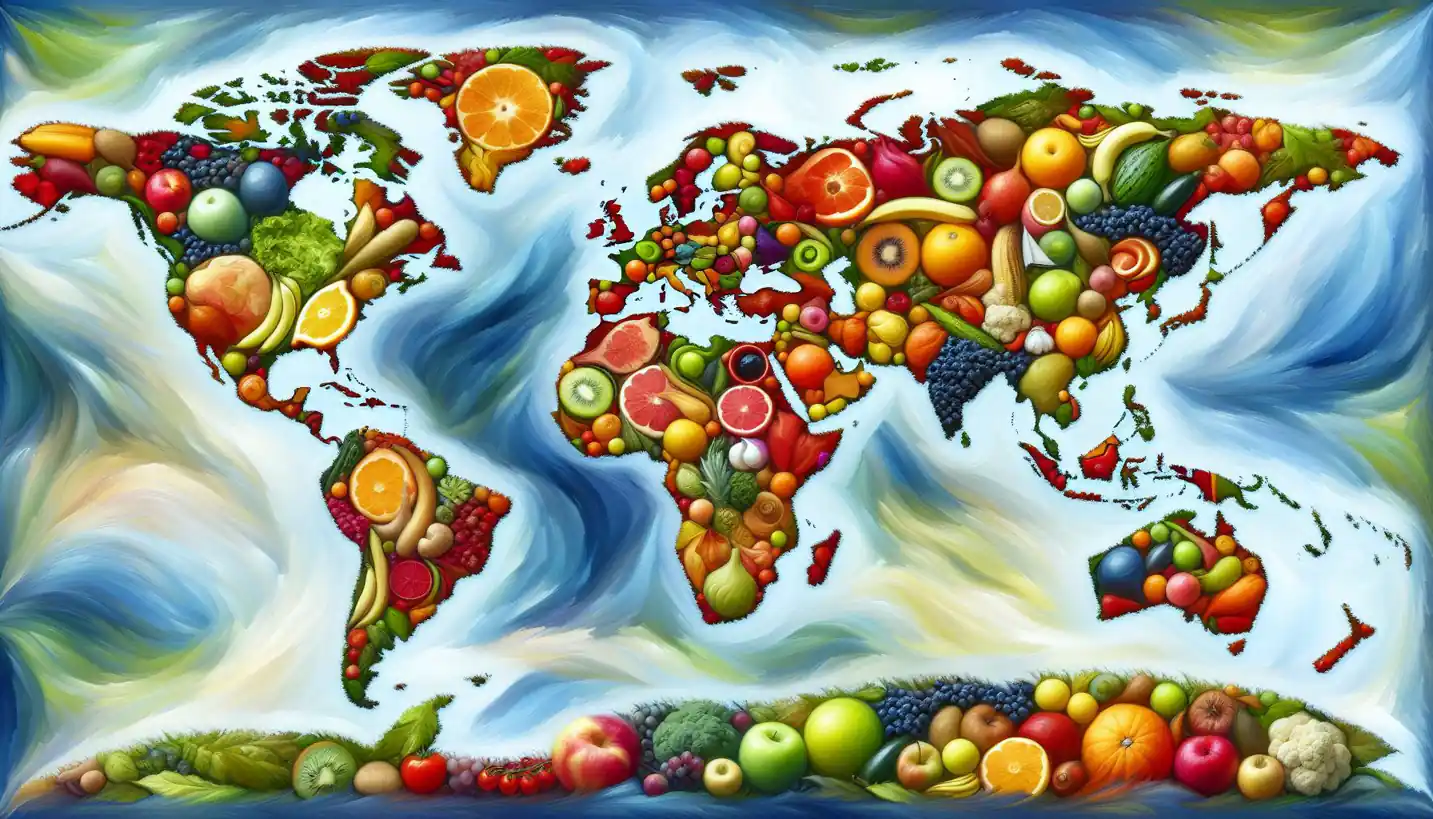· Geography · 5 min read
Space-Time Compression: A Journey Through Our Shrinking World
Explore space-time compression and see how our world is shrinking. Discover how technology and innovation bring distant places closer together than ever before.

Space-time compression might sound like something out of a sci-fi movie, but it’s a fascinating concept in human geography that actually affects our daily lives in a profound way. At its heart, it describes how our perception of distance and time shifts due to advances in technology and communication.
The Illusion of a Smaller World
Nowadays, hopping on a plane and being on the other side of the world in a few hours seems almost routine. But not too long ago, such a journey would have taken months, maybe even years. This change is a big part of what space-time compression is all about. In essence, it’s making the world feel smaller and more connected because of faster travel and communication.
Imagine sending a letter in the 1800s; it might have taken weeks to reach its destination. Today? A message can be sent halfway around the globe in the blink of an eye. As technology advances, our experience of time and space continues to shift dramatically.
Technology’s Role in Space-Time Compression
The telephone was one of the first big leaps in shrinking the world, letting people talk to each other over long distances instantly. Then came the internet, changing the game by providing access to vast amounts of information at our fingertips and allowing video calls with anyone, anywhere.
Let’s take air travel as another example. The introduction of commercial flights has drastically reduced travel time. These innovations have made distant places feel much more accessible and have altered our perceptions of geographical distance.
Cultural and Economic Impacts
Space-time compression doesn’t just influence how we travel or communicate; it has deep cultural and economic impacts too. With easier access to different parts of the world, cultures can exchange ideas more freely. That’s why you might find yourself listening to K-pop in Los Angeles or enjoying a French pastry in Japan.
Economically, businesses have extended their reach across the globe. A company in New York can easily collaborate with partners in Shanghai. This has led to increased globalization, where local events can have international ramifications, making us all more interconnected than ever.
Challenges and Criticisms
However, this connectivity isn’t without its challenges. Space-time compression often benefits those with access to the latest technology, creating a digital divide where some regions or communities can lag behind. Not everyone has the same ability to take advantage of these shrinking distances, which can lead to inequalities.
Critics also worry about the erosion of local cultures as globalization brings a more homogenized, worldwide culture. While we gain access to diverse ideas, languages, and products, there is a risk that unique cultural identities might be lost in the process.
Environmental Considerations
Another significant aspect is the environmental impact. With increased travel and transportation, particularly air travel, there’s a growing carbon footprint and a pressing need to address climate change. The world might feel smaller, but it’s still our responsibility to take care of it.
Efforts are underway to find more sustainable ways of maintaining our connectivity without further harming the environment. Innovations in electric vehicles and renewable energy sources are just a couple of the ways technology is working to counteract these effects.
Looking Towards the Future
What will space-time compression look like in the future? As virtual reality and AI continue to develop, we might find ourselves interacting in immersive digital spaces that make distance even less relevant. Imagine attending a meeting or hanging out with friends through a virtual platform that feels just as real as being there in person.
Moreover, as space travel becomes more feasible for the ordinary person, the concept of distance might get an entirely new meaning. We could reach for the stars, quite literally, and connect with entirely new frontiers.
The Social Connection
More than just convenience, space-time compression has profound social implications. It can break down barriers, allowing people to connect across borders, fostering understanding and cooperation. It plays a part in humanitarian efforts too, enabling quicker response times for aid and assistance.
Even online communities benefit from this concept. Platforms where people from around the world can discuss, share, and collaborate are prime examples of space-time compression knitting the world more closely together.
Celebrating Diversity
Despite its challenges, space-time compression also encourages celebrating diversity. With greater access to cultural experiences from around the globe, people have more opportunities to learn about and appreciate different cultures. This greater understanding can lead to tolerance and acceptance, vital elements for a peaceful global society.
Whether it’s enjoying world cinema, music, cuisine, or literature, space-time compression opens doors to experiences that were once beyond reach, enriching lives and broadening horizons.
Final Thoughts
Space-time compression weaves an intricate pattern of opportunities and challenges. While it shrinks our world, making it feel more interconnected than ever, it also asks us to consider the ethical, cultural, and environmental responsibilities that come with it. As we look to the future, embracing these changes with mindfulness can help ensure that the benefits of a smaller, more connected world are shared by everyone, everywhere.
In this age of rapid advancement, understanding and harnessing space-time compression can be a powerful tool in our quest to create a more unified and empathetic global community.



